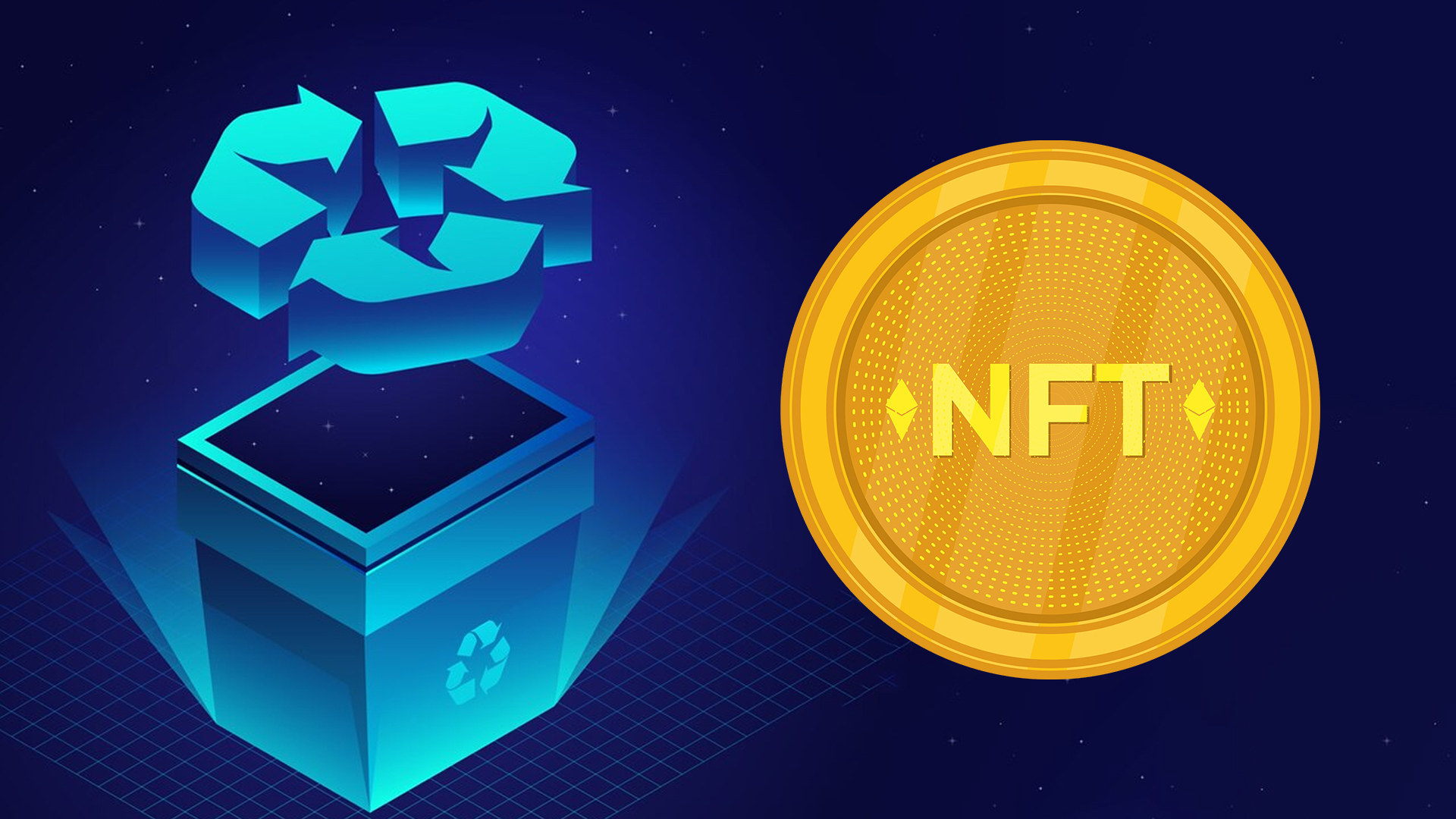- NFT is a non-fungible token that is tokenized via blockchain.
- These have fixed selling prices and their demands are continuously increasing.
- The other sides of NFTs include dynamic NFTs, mystery boxes, and NFT staking.
NFTs hold other sides as well in the form of authenticity verification which is important to prevent plagiarism. NFT staking is a very good way to use idle digital assets. Dynamic NFTs and mystery boxes are other unique features of NFTs.
What Are NFTs?
NFT stands for non-fungible token. These are assets that are tokenized via blockchain. These are distinguished from other tokens by assigned unique identification codes and metadata. These are exchanged and traded for cryptocurrencies, money, or other NFTs. Cryptocurrency is also a form of token but the key difference between NFTs and cryptocurrencies is that cryptocurrencies from the same blockchain are interchangeable but two NFTs from the same blockchain in spite of being identical cannot be interchanged.
These can be anything from sports highlights, and collectibles like art to computer-generated avatars. The value of NFT is completely dependent on the demand for it. Certain gaming avatars or artwork have sold for millions but lost their value with time. Hence, not every NFT is appreciable in value. NFTs either have a fixed selling price or there is a need to bid for it in an auction.
Other Side of NFTs
NFTs are unique as they can represent anything from artwork to music and even physical goods. They provide an immutable record of ownership that allows users to securely trade and transact with collectible items. NFTs are more than just trading.
- Verifying the Authenticity of NFTs: Buyers often don’t have time to check for authenticity and plagiarism and counterfeiting are usually considered unethical. Blockchain technology offers an alternative in the form of NFTs where transactions are made and are easy to trace and verify for authenticity.
- Dynamic NFTs: These are embedded with code to enable them to store and execute data. These are also able to change their characteristics over time based on the programming code that was coded into them when minted. These have opened up many possibilities for digital collectibles and online gaming and allow developers to create a new marketplace of rare digital items. These are likely to be included in all sorts of applications including digital galleries, media platforms, and more. Smart contracts go hand in hand with dynamic NFTs to ensure operations are conducted fairly and accurately according to preprogrammed standards.
- Mystery Boxes: These provide unique and exciting ways to collect NFTs at random. Most users treat them like a game of luck. These boxes offer endless content and refreshing for both first-time buyers and veteran collectors.
- Staking: NFT staking is a good way to use idle digital assets. It starts with a Web3 wallet. Staking rewards depend on the features of NFT staked and the platforms they are staked in with common factors influencing rewards being the annual interest rate offered, staking duration, and number of NFTs staked.
Conclusion
NFTs are not just digital assets that are tokenized via blockchain. Rather these have other sides as well such as mystery boxes that provide new and exciting ways to collect NFTs. NFT staking is a good way to use idle digital assets. Dynamic NFTs also have some characteristics that add importance to NFTs.

